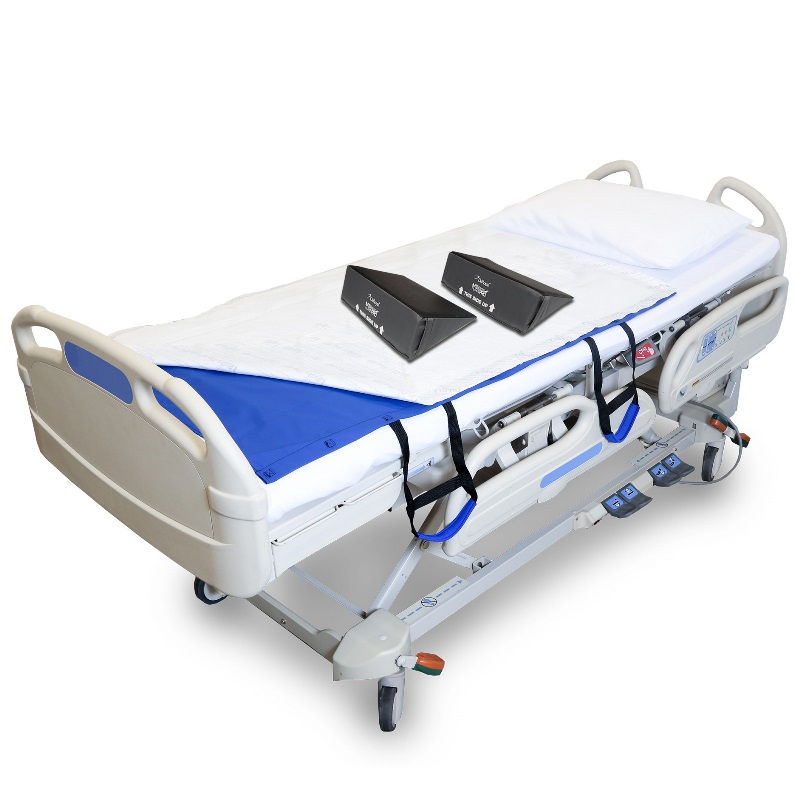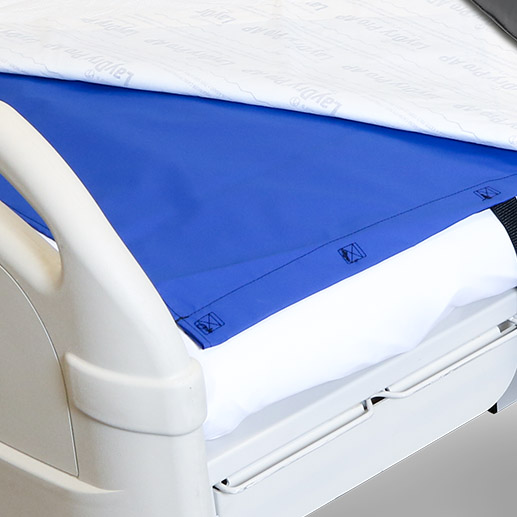by
User Not Found | Aug 15, 2019
The PRUventor TurnPRO™ Turning and Positioning Device is a system of products consisting of a sheet with handles, incontinence pad, and foam positioning wedges that helps maintain proper positioning of the patient while helping prevent sacral pressure ulcers.
The single greatest risk factor for overexertion injuries in healthcare workers is the manual lifting, moving and repositioning of patients, residents or clients, i.e., manual patient handling.*
Maintain Proper Patient Positioning

The PRUventor TurnPRO™ Turning and Positioning Device helps maintain proper positioning of the patient while helping
prevent sacral pressure ulcers. As a patient repositioning system, these products consisting of a sheet with handles that assists with positioning, a removable incontinence pad, and foam positioning wedges. Together, these products provide a complete
approach to patient safety and positioning that reduces manual lifting and helps to provide a more secure approach to manual patient handling during healthcare assistance.
Reduce the Risk for Overexertion Injuries

“Rates of musculoskeletal injuries from overexertion in healthcare occupations are among the highest of all U.S. industries. Data from the Bureau of Labor Statistics (BLS) show that in 2014, the rate of overexertion injuries averaged across
all industries was 33 per 10,000 full time workers. By comparison, the overexertion injury rate for hospital workers was twice the average (68 per 10,000), the rate for nursing home workers was over three times the average (107 per 10,000),
and the rate for ambulance workers was over five times the average (174 per 10,000)." *
*(Retrieved from https://www.cdc.gov/niosh/topics/safepatient/default.html on December 26, 2018)
Maximize Safe Patient Handling
The main categories of patient handling are considered to be patient repositioning (i.e. sitting up in bed) and patient transfer (i.e. bed to chair). These two categories involve the use of mechanical equipment and safety procedures
to lift and move patients so that healthcare workers can avoid using manual exertions and thereby reduce their risk of injury. At the same time, patient handling ergonomics seeks to maximize the safety and comfort of patients during handling.
We believe that the PRUventor TURNpro™ Turning and Positioning Device offers a way to maximize safe patient handling to reduce the risk for overexertion injuries.